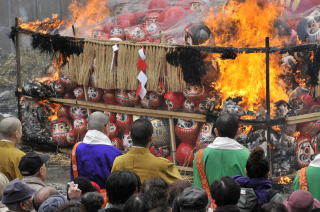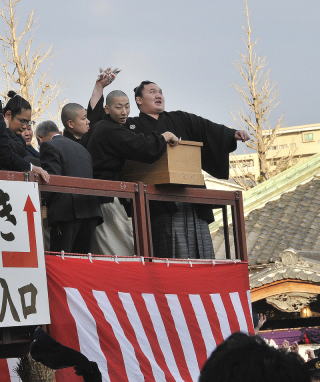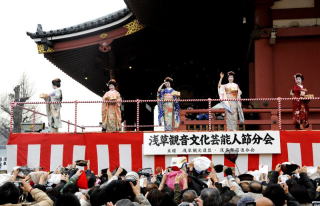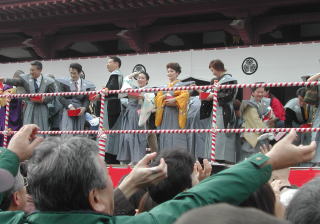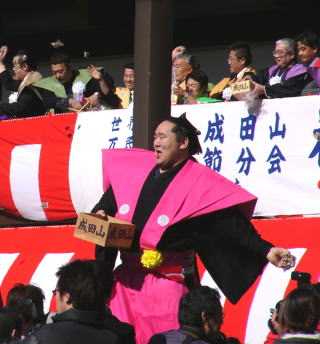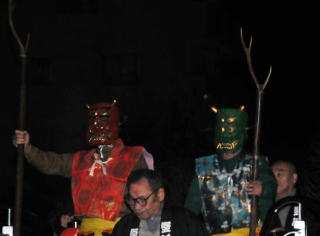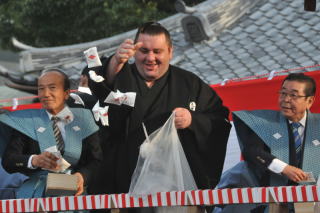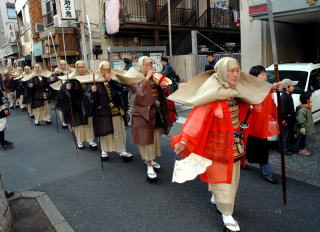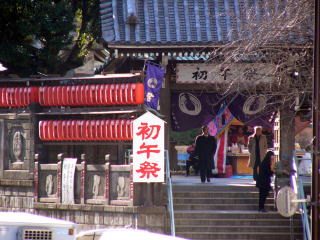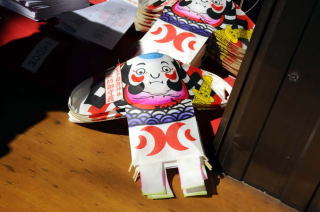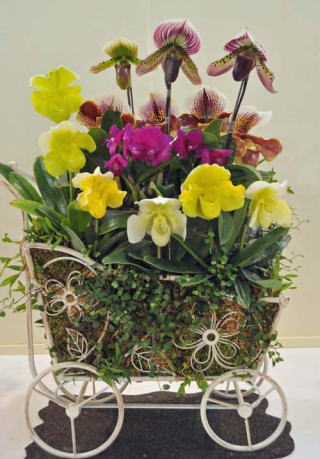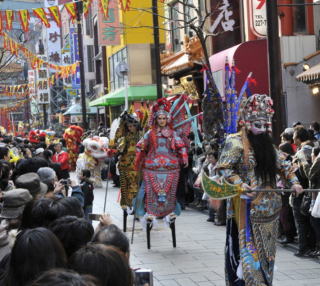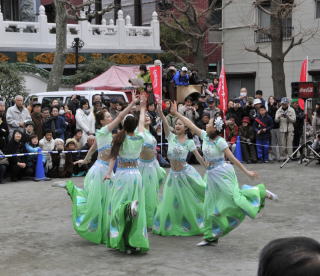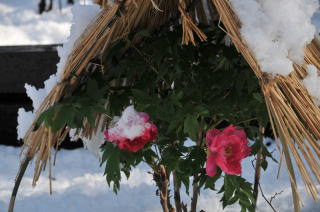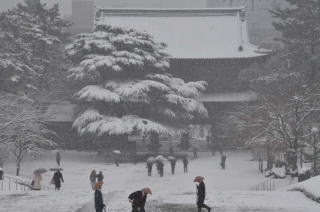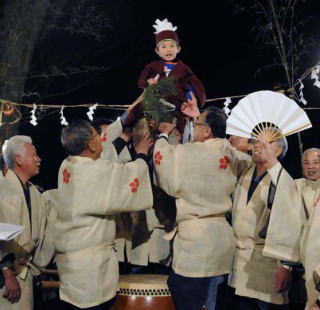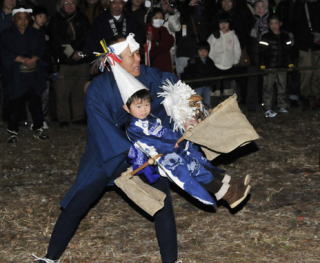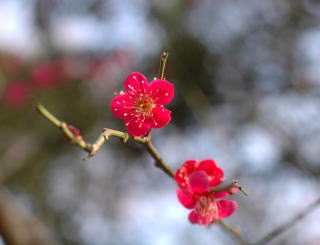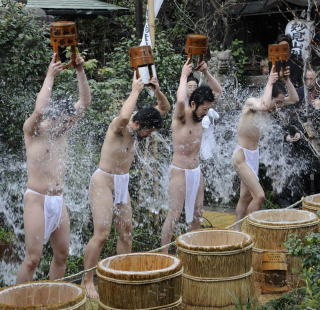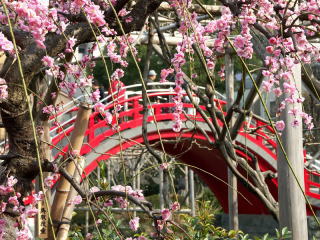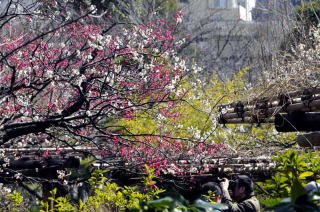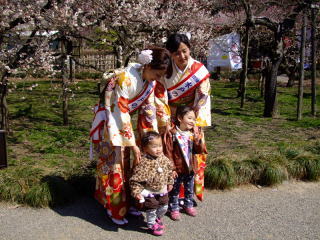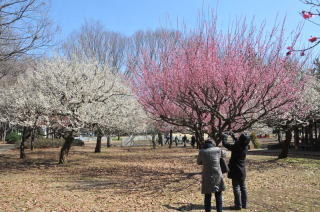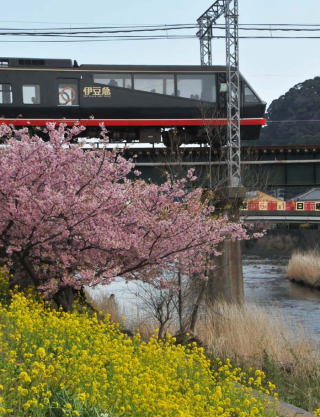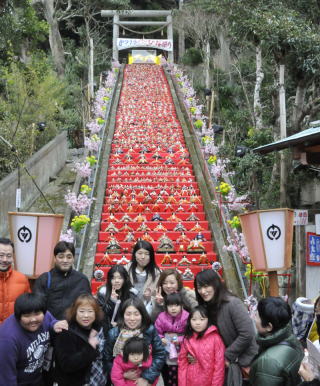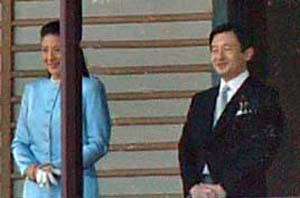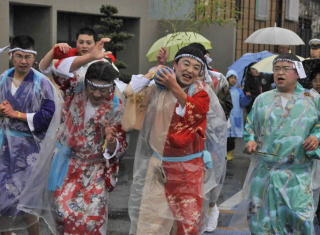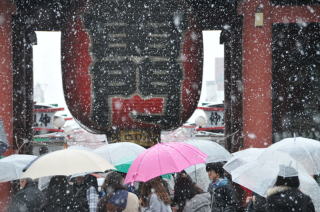|
Yushima Tenjin Ume Matsuri
Feb. 7 through March 8 in 2025 (Every Year the same time period)
Yushima Tenjin Shrine, Yushima, Bunkyo-ku.
The shrine is a prime viewing spot for plum blossoms since the Edo era.
"Ume Matsuri" (Plum Blossom Festival) is held in February and
March delighting many visitors.
On Saturdays and Sundays and on National Holiday Feb. 11, many attractions
are scheduled from noon (cancelled if it rains).
Followings are 2020 schedules. For this year, details are to be announced.
Yushima Shiraume Taiko (Japanese drums): Feb. 8,9,11,15,16,22,23,24,29, March 1 and 2 from 3
p.m.
Nodate (open-air tea ceremony by Ura Senke Tea School): Feb. 16,23 and March 1,8 from 10 a.m. (cancelled if it rains)
Mikoshi: Feb. 23 (Sun), 1p.m. starting from Matsuzakaya Department Store at Ueno
Hirokoji to Yushima Tenjin arriving at 3 p.m.
Early Showa Era Natsumero Songs by Tokyo Taishu Kayo Music Group Feb. 16,29 and March 1 at 11:30 a.m., 1:30 p.m. and 3:30 p.m.
Karaoke Contest: Feb. 1 from 10 a.m., (preliminary) and Final on March 8 from 12 noon.
Matoi Parade: Feb. 9 from 10:30 a.m.-11:30 p.m. by Rissho Koseikai Bunkyo Kyokai
Hosho School Yokyoku: Feb. 18 from 10 a.m.
Satsuma Biwa: Feb. 11 and 24, 11 a.m., 1 p.m. and 2 p.m.
Hyakuhachi and Koto Music: Feb. 22 and March 7, 11 a.m., 1 p.m. and 2 p.m.
Flower Arrangement: Feb. 29 and March 1
Iwami Kagura: Feb. 29, 4:30 p.m.
The best time to see the blossoms will be middle of February to early
March.
URL: Yushima Tenjin
Nearest Stn.: Yushima on Subway Chiyoda Line, Okachimachi on JR Yamanote
Line. From Yushima Station 3 minutes walk and from Okachimachi Station
10 minutes walk.
Telephone: 03-3836-0753
|
|
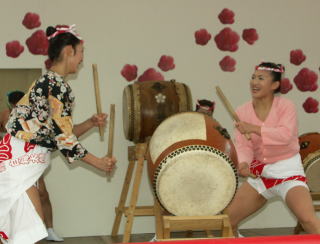 |
